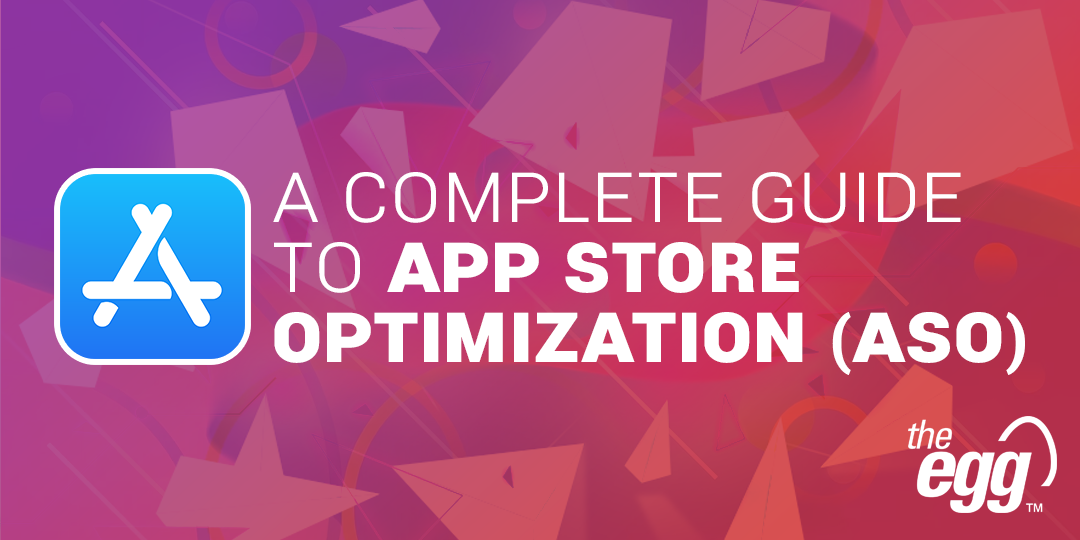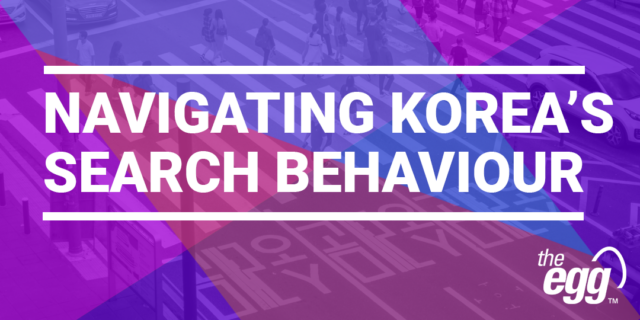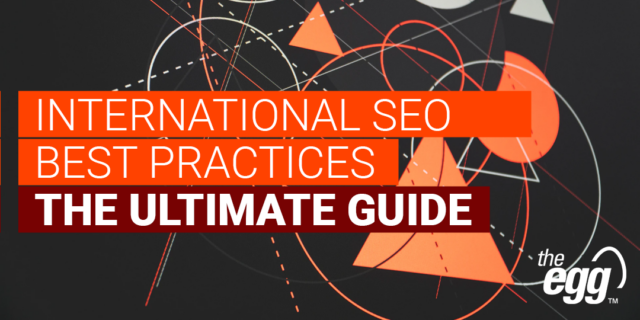How to Master App Store Optimization (ASO)
Are you finding it challenging to increase the visibility of your mobile app in highly competitive app stores?
With several millions of apps available on Apple Store and Google Play Store, it is more important than ever to make your app easily discoverable—that is where a thorough understanding and implementation of app store optimization (ASO) comes into play.
In this article, let’s delve into what ASO is and the tactics you can deploy to improve your app’s search visibility and turn interested customers into loyal users.
What is ASO?
ASO (app store optimization) refers to the process of optimizing mobile apps to improve their rankings and visibility in mobile app stores, potentially leading to more visits to your app page and app downloads, the latter of which is often a critical stage in the conversion funnel of most brands.
ASO vs. SEO
You can think of ASO the same way you think of SEO—after all, an app store is, in essence, a closed-site search engine, where all redirects from results are hosted within the app store.
Many ASO tactics closely resemble those of SEO as both optimize for user visits and conversions through content discovery, quality, freshness. But compared to SEO, ASO also considers user metrics like ratings, reviews, and engagement.
Next, let’s delve into six fundamental steps for successfully optimizing your app store.
6 Fundamental ASO Tactics
Conduct Keyword Research
As with SEO, keyword research is fundamental to ASO and choosing the right keywords for your app visibility requires a comprehensive understanding of how users might search or talk about your brand, products, or services.
Many app owners rely on Google Keyword Planner for keyword research. However, this data is not precise for app stores as it only displays search volume on Google Search.
Instead, consider using App Annie or Appranking to determine your current and your competitors’ ranking and identify higher-performing keywords.
Pro tip: For App Annie, you’ll need to purchase the paid version to view search volumes of keywords from user searches made within app stores.
Optimize Your App Title
To optimize your app’s visibility in an app store, include high-traffic keywords that best describe your app and its purpose to your target audience.
When coming up with a name for your app, it’s important to conduct thorough research and carefully consider your options. Avoid frequent changes to the title since these negatively impact the user experience and hinder your brand recognition.
Pro tip: The Apple Store and Google Play Store have varying character limits for app titles (30 and 50, respectively), allowing for flexibility in naming strategies. As with titles on Google search, avoid keyword stuffing.
Include Keyword Metadata (Apple’s App Store Only)
Available only on Apple’s App Store, the keyword metadata field lets you include critical keywords you deem most important when describing your app.
Pro tip: Conduct thorough keyword research and include keywords in the keyword metadata field (within the 100-character limit) that aren’t in your app title.
WANT DIGITAL INSIGHTS STRAIGHT TO YOUR INBOX?
Optimize Your App Description
In the past, it was recommended to repeat keywords in the app description at least five times to improve the app’s rankings. However, it is a common belief that the frequency of keywords in the description is no longer a determining factor for the app’s ranking.
Still, optimizing your description is crucial since they are one of, if not the first, things users read when deciding whether to download your app, including reading it to understand your app’s functions and features.
At the same time, while it might seem like you have ample space for your description, the matter of fact is that very few people click “more” to reveal and read the remaining content. As such, write precisely and emphasize the many benefits of your app and how they can help solve your users’ problems.
Pro tip: Front-load your most important within the first 250 characters of your description.
Entice More App Downloads
Both Apple Store and Google Play Store use an app’s number of downloads to determine its ranking—the more it is downloaded, the better the ranking. An app’s total downloads also impacts its visibility under Top Charts, featured by both Apple and Google Play Store. For example, to reach the top 50 in the Game category in the US and UK, your app may need to average 8,700+ and 2,000+ daily downloads respectively.
As such, optimize your app—including choosing an enticing title, writing a clear and engaging description, and improving app page experience—to entice users to download your app and, in turn, improve your likelihood of ranking higher on app stores.
Don’t Ignore User Ratings & Reviews
While not entirely within your control, ratings and reviews should also be part of your ASO strategy.
Positive ratings can improve your app’s visibility in app stores and establish trust with potential users while showing them that your app is worth downloading. This can result in more downloads and conversions. Therefore, it is recommended to request reviews from users and continuously enhance the app’s experience to generate more positive feedback.
On the other hand, don’t fret when users leave negative reviews about your app—they are great opportunities to learn what could be improved from a user’s perspective.
Instead, thank users who provided feedback, acknowledge their input, and share plans for future improvements to your app. Additionally, on Google Play Store, incorporating relevant keywords in your responses can bolster your app’s message as all text and keywords in your reply are indexed.
Bonus Tips for ASO
Optimize Your App Icons and Screenshots
Your app icon is the first visual element users see when browsing for apps—but what makes an optimized app icon?
Get your graphic designer to put forward a few designs before experimenting them on a mobile phone and eliminating any that aren’t captivating enough or have questionable color combinations. Conduct A/B testing to see which designs work best for your branding and target audience.
As for showcasing screenshots of your app on the app page, ensure each highlights a different feature or benefit of your app, with the first one emphasizing its most important function.
Keep Your App Up-to-Date for Users
Both Apple Store and Google Play Store prefer giving higher rankings to frequently updated apps as they demonstrate a commitment to staying current with technology and user preferences. This can result in increased downloads, engagement rates and positive reviews.
Equally, you should ensure that the process or steps required for getting your users to update their versions of your app are as seamless as possible.
Improve App Retention
The reality is that not every user who installed your app will go on to use it, with the retention rate for apps across most categories typically hovering below 5% by day 30 of launch.
As such, leverage retention techniques, such as app onboarding, in-app messaging, or individualization, to improve your app retention rate.
***
Like SEO, ASO is an ongoing process that needs constant monitoring and tweaking, but with time and effort, doing so will help you reap the rewards of driving more valuable traffic and downloads.






